Why serialised QR codes are the future of consumer data collection
Consumer data collection provides valuable insights into consumer behaviour, preferences, and trends, shaping marketing strategies and product development. In recent years, QR codes have emerged as a powerful tool, revolutionising the way data is collected and shared. In fact, in 2022, approximately 89 million smartphone users in the United States scanned a QR code on their mobile devices, up by 26 percent compared to the previous year.
QR codes have found a new and exciting home in modern packaging, evolving the way products are presented to consumers. This article explores the integration of serialised QR codes on packaging materials, the myriad benefits they bring to consumers, businesses, and marketers.
Integration of QR codes on packaging materials
QR codes can be seamlessly integrated into various packaging materials, from product labels to boxes and even food wrappers. The adaptability of QR codes allows for easy placement on almost any surface, making them a versatile tool for conveying information and enhancing user experiences. In fact, 57% of consumers have scanned a QR code on food packaging to get more information.
Consumers benefit from QR codes on packaging in several ways. First, they gain immediate access to a wealth of information about the product, such as ingredients, nutritional facts, or usage instructions, by scanning the code with their smartphones.
According to a recent survey, 84% of mobile users have scanned a QR code at least once, and 72% of people scan a QR code at least once per month. This enables more informed purchasing decisions and enhances the overall consumer experience.
For businesses, QR codes provide a direct and interactive channel to engage with their customers. They can offer product details, user guides, troubleshooting information, and even links to customer support. This communication not only builds consumer trust but also facilitates post-purchase assistance, ultimately leading to higher customer satisfaction and brand loyalty.
Marketers, reap the rewards of QR codes on packaging. These codes offer a platform to deliver targeted content, promotions, and surveys directly to consumers. Marketers can track user interactions and collect valuable data for refining their marketing strategies. Additionally, QR codes enable gamification, interactive storytelling, and contests, creating memorable and shareable brand experiences that drive engagement.
Innovative Applications of YPB’s ProtectCode
The applications of QR codes on packaging go far beyond providing basic product information. Companies have embraced innovative approaches to elevate the consumer experience. Some examples include:
- Gamification: Brands have integrated QR codes into packaging that lead consumers to games or puzzles related to their products. Gamification enhances user engagement and encourages brand interaction, making the consumer experience more enjoyable.
- Interactive storytelling: QR codes embedded in packaging can trigger multimedia experiences, such as short videos or audio clips that tell the brand’s story or highlight the product’s origins. This storytelling approach forges an emotional connection between consumers and brands.
- Loyalty programs: QR codes enable easy enrollment in loyalty programs directly from the product packaging. This can include rewarding customers with points, discounts, or exclusive access to events or content.
- User reviews and feedback: QR codes can lead consumers to leave reviews or provide feedback, which is valuable for businesses to improve their products and services.
- Turning static surfaces into dynamic marketing platforms: By strategically placing ProtectCode onto static ads, businesses can effectively convert their ads and billboard advertising into digital assets. This not only captures consumer attention but also offers a unique opportunity to gain invaluable insights into target audiences. The integration of ProtectCode offers a deeper understanding of consumer behaviour, allowing businesses to tailor their messages more precisely. It not only enhances the consumer experience but also provides a measurable ROI for static advertising, making each interaction with ProtectCode a valuable touchpoint on the customer journey.
So, how can QR codes transform the collection of consumer data?
As QR codes become more integrated into various aspects of business operations, marketing, and customer engagement, analytics tools will evolve to provide businesses with richer and more actionable insights.
When it comes to consumer data, serialised and dynamic QR codes, such as ProtectCode, present a multitude of advantages that standard QR codes cannot match.
Here’s how businesses benefit using ProtectCode QR codes:
User behaviour analysis
ProtectCode analytics are more sophisticated in tracking and analysing user behaviour following QR code scans. Businesses can gain access to detailed information about how users interact with QR codes, including the time spent on a linked webpage, the specific actions taken (such as form submissions or product views), and the drop-off points where users abandon the interaction.
Location-based insights
QR codes often trigger different actions based on the user’s location. ProtectCode can provide businesses with valuable location-based insights, such as where QR codes are scanned most frequently, which geographic regions have higher engagement rates, and which physical locations within a store or event venue generate the most interactions. This data can inform businesses about the effectiveness of their product placements and help tailor marketing efforts to specific regions or venues.
Real-time data tracking
Real-time data tracking allows businesses to monitor ProtectCode QR code interactions as they happen. This capability enables immediate responses to consumer behaviour. For example, businesses can send real-time offers or notifications to users who scan a QR code at a physical store, enhancing in-store experiences. Real-time tracking also helps identify and address any issues or bottlenecks in the user journey quickly.
A/B testing and optimisation
Businesses can run A/B tests on ProtectCode campaigns and gather analytics data to determine which variations are more effective. This includes testing different landing pages, calls to action, and incentives. This will help businesses identify which elements resonate best with their target audience, enabling continuous optimisation of QR code campaigns for improved results.
Consumer segmentation
ProtectCode can facilitate the segmentation of QR code users into different consumer groups based on behaviour, demographics, and other criteria. This segmentation allows businesses to tailor their marketing strategies and content to specific audience segments, ensuring a more personalised and effective approach.
The trajectory of QR codes in consumer data collection is promising. Their usage is likely to continue growing as businesses discover new applications and as consumers become more accustomed to their convenience.
The future of consumer data collection is intertwined with the evolution of QR codes. Their adaptability, convenience, and potential for enhancing consumer engagement make them a valuable asset for businesses in a data-driven world.

